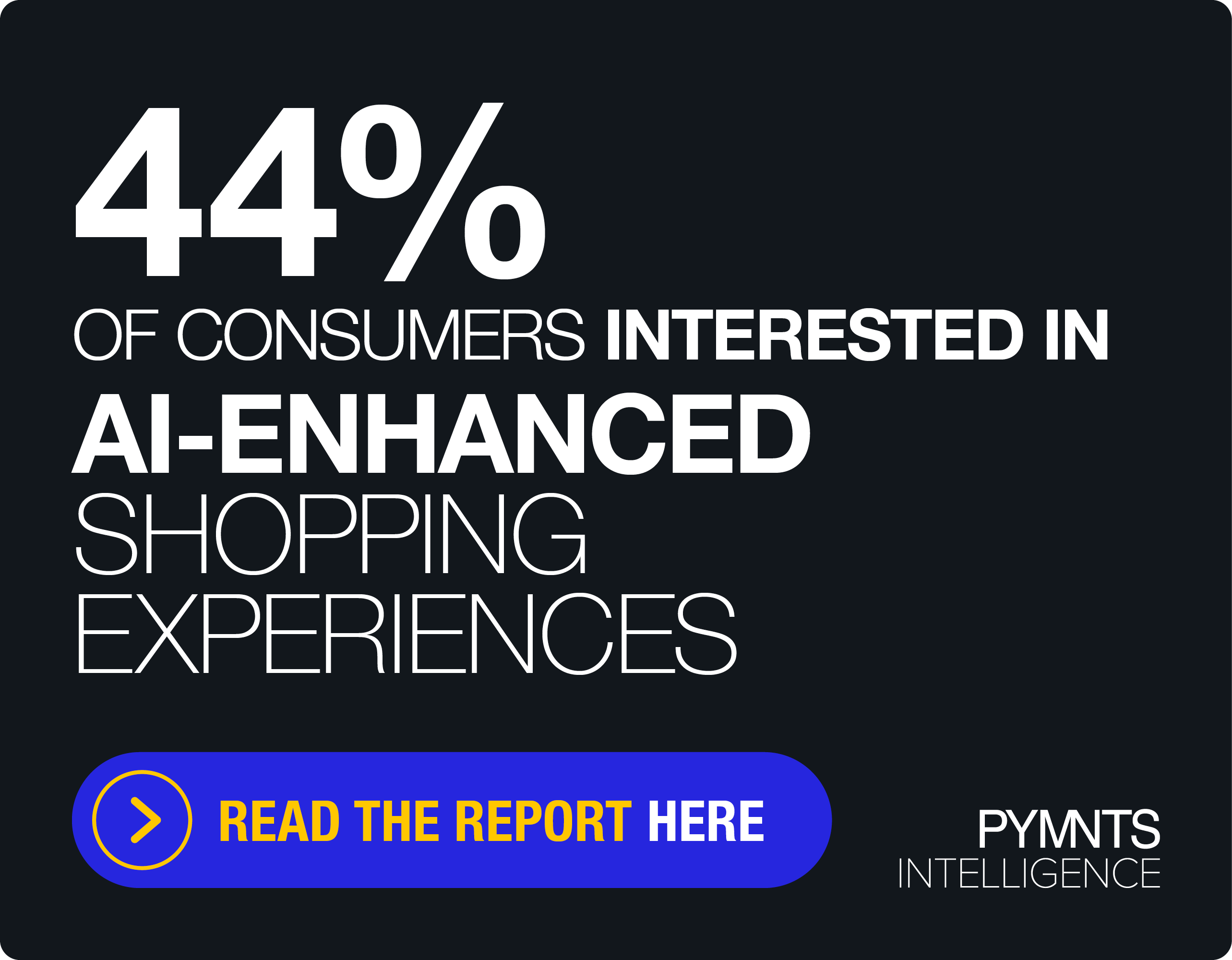Digital, Physical Commerce Merging Into New Shopper Experiences

For all of the data and analytics capabilities out there, it’s surprising the level of disconnects that persist between what consumers want from the payments experience and what various vendors think they want.
The PYMNTS Global Digital Shopping Index U.S. Edition done in collaboration with Cybersource, based on surveys of nearly 2,200 U.S. consumers and 500 U.S. merchants, finds that this a moment of truth for physical retailers as they seek to keep their seat at the commerce table.
“Consumers’ shopping journeys are bifurcating into two distinct physical and digital channels — and if they have the option of going digital by either taking advantage of online browsing or having items delivered, many consumers will opt that way,” per the new Index.
“All of this means that established retailers have important strategic decisions to make if they want to stay relevant and compelling to consumers.”
Digital In The Lead, For Now
A shopper torn between the physical and virtual worlds is not ideal for anyone, which places the onus on retailers and their payments partners to meld the two, artistically if possible.
“Our research shows that that 96 percent of consumers shop for and complete their purchases within the same physical or digital channel. What this means is that when consumers start their shopping journeys online, they are likely to try to complete their purchases that way — by having them delivered. Conversely, consumers that go to stores tend to complete their purchases there,” according to the new Global Digital Shopping Index U.S. Edition.
That’s pivot away from last spring when consumers were mixing channels, essentially improvising to get supplies during lockdowns. As a result, new behaviors were born.
“The most dramatic change we have seen regards consumers’ preference for digital channels, which has increased by 1.6 times since March, skyrocketing from 27 percent of purchases to 43 percent in July,” per the Index. “The share of consumers shopping solely in-store has correspondingly declined from 60 percent to 53 percent. One implication of these findings is that retailers’ web and mobile sites must offer more functionality than simply listing open hours and locations — they should also have built-in payments and ordering capabilities.”
Understanding The Journey
If there’s rude awakening for brick-and mortar-operators, it’s this: digitize or perish. People exhibit a preference for many aspects of the online shopping experience, and if it pulls too far ahead of physical retail that could trigger a more lasting, damaging exodus of foot traffic.
“Our Consumer Satisfaction Index shows that online natives’ shopping journeys have the highest scores — 158.7 overall on a scale of with a median of 100. Mobile natives’ journeys follow closely behind. Brick-and-mortar shoppers’ scores are nearly two times lower. The specific digital features consumers favor reflect their desires to minimize the time spent inside stores. Curbside pickup use has notably grown from 10.8 percent of digital purchases in March to 15.5 percent in July,” the Global Digital Shopping Index U.S. Edition states.
“Other features’ use similarly seems to be driven by a desire for safer and more efficient shopping experiences. The digital features that experienced the greatest usage increases since the pandemic’s onset included product availability tools, mobile order-ahead and contactless cards or digital wallet payments.”
